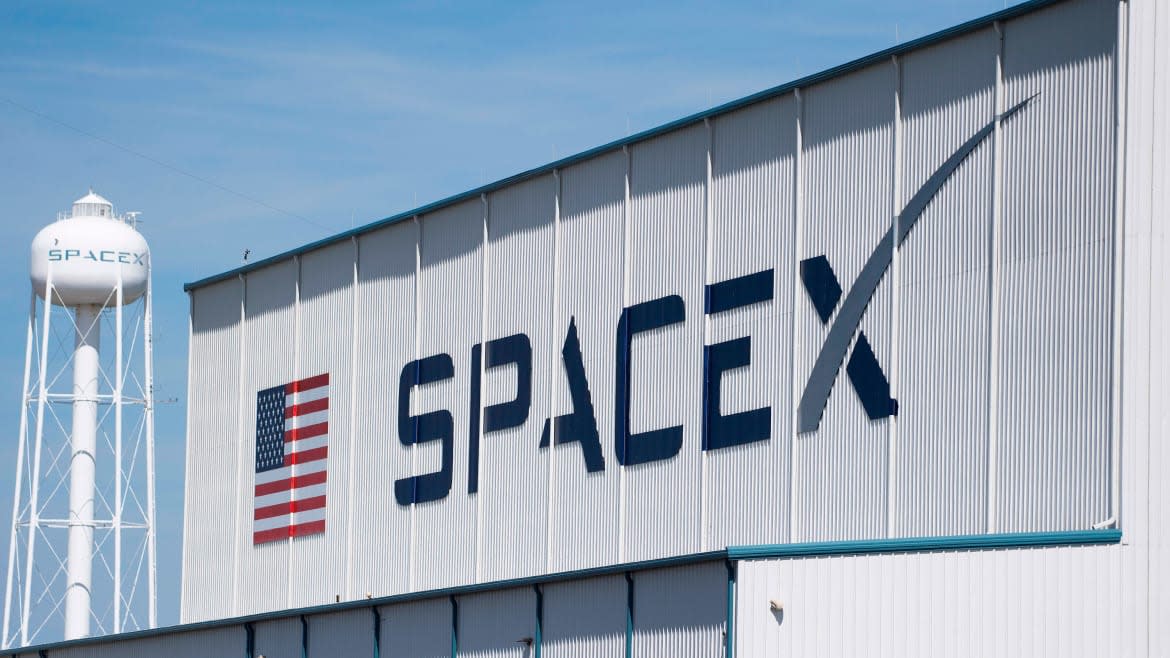SpaceX Will Launch Human Tissue Into Microgravity

SpaceX’s latest mission will launch during the wee hours of Saturday, when a Falcon 9 rocket will blast into the sky and deliver 5,500 pounds of new supplies and experiments to the International Space Station.
Onboard: living tissue being grown on tiny little chips created by the National Center for Advancing Translational Sciences (NCATS) that could help us understand and treat human diseases in microgravity.
Space can do a number to the human body. A lot of that has to do with the fact that humans were never really meant to float weightlessly. Without the support of gravity against the body, bone density and muscle mass drop rapidly. The lack of gravity causes all the fluids in the body to shift around, which can wreak havoc on the cardiovascular system, kidney function, and even the shape of the eyes.
These changes occur remarkably fast. And they often rapidly simulate the kinds of diseases and illnesses that afflict people on Earth. The loss of bone density in astronauts, for example, looks a lot like what happens to people on the ground who are grappling with osteoporosis.
“If we’re sending our tissue samples up in space, we can see changes occurring on a really short time scale, that might normally take a really long time here on Earth,” Lucie Low, a scientist with NCATS involved with the experiments, told The Daily Beast.
The use of a tissue chip—a clear plastic device, about half the size of a standard smartphone, possessing carefully designed chambers that organize and house living human tissue in three dimensions—offers up a solution to studying diseases and ailments without the need to have to use animal models or human participants.
Scientists can simply put a chip under a microscope and see bone density loss or kidney stone formation occur in real time without having to slice open a living organism.
The chips traveling to the International Space Station on Friday include tissue models that should simulate some common disease states in humans: lung and bone marrow chips for studying bone marrow activation and immune cell behavior; kidney chips for understanding kidney stone formation and prevention; bone and cartilage chips designed to mimic osteoporosis development; and chips modeling the blood-brain barrier that could potentially reveal new ways of treating many kinds of brain diseases.
Even if we don’t learn anything that could lead to a new sort of treatment for a new disease, we’ll at least learn something new about the cellular behaviors behind many kinds of disease states.
“They’re very specifically designed to recreate the architecture of the cells in your body on a chip,” Low said. “They’re recreating the structure and function of tissues in your own body.”
The lung chip, for example, effectively recreates the mechanical and biochemical movements and functions of a breathing lung, expanding and contracting like our lungs.
Space is an issue, though. The ISS is quite compact compared to state-of-the-art labs on Earth. These experiments are therefore designed to be straightforward and run on their own, requiring relatively minimal crew input apart from minor tasks like changing valves, collecting biological media, and freezing tissue at the end of the trial.
When the chips are brought back to Earth, scientists on the ground will make microscopic observations and run assays to determine exactly how much microgravity has transformed the tissues in such a short time, and clue scientists in on how some common human diseases could be prevented or halted.
That doesn’t mean the astronauts on the ISS will be any less excited to observe them on their own. “I know [the astronauts] get quite keen to see heart cells beating up and down in microgravity, and things of that nature,” Low said. “Where we can, we’d love to involve crew time and keep them engaged.”
Whatever changes we observe could help us understand new ways of treating many different kinds of diseases, revealing new drug pathways or hint at the type of genes that give rise to such ailments. Digesting that information and moving the data into the clinical research realm will take some time, though.
But, as Low put it, science is an iterative process. Every science experiment you do is a piece of a jigsaw puzzle, helping inform other knowledge acquired later.

